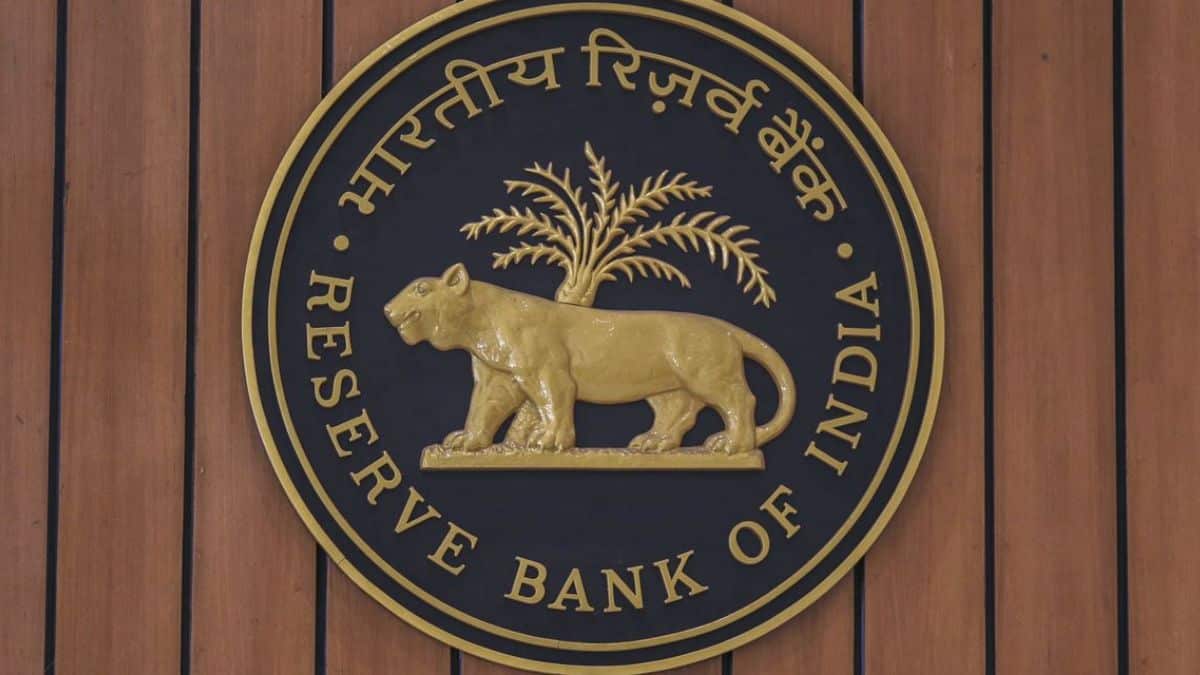 Image Credits - WSJ
Image Credits - WSJ
The Reserve Bank of India (RBI) has continued its bond-selling strategy for the third consecutive week, with the latest sales reaching ₹39.85 billion (approximately $476 million) for the week ending July 26. This amount marks a significant increase from previous weeks, with bond sales of ₹27.35 billion and ₹34.05 billion recorded for the weeks ending July 19 and July 12, respectively. This marks the RBI’s third week of sales following a hiatus of over 10 months, reflecting a strategic shift in its market operations.
The recent bond sales are part of the RBI’s broader strategy to manage banking system liquidity and align market interest rates with its monetary policy objectives. The increased volume of sales underscores the central bank’s efforts to address the notable rise in India’s banking system liquidity surplus, which averaged over ₹1 trillion daily in July. This surge in liquidity has been driven by heavy government spending and the RBI’s interventions in the foreign exchange market to stabilize the rupee.
Typically, the RBI engages in buying or selling bonds to control liquidity levels and influence interest rates, especially when inflation exceeds its target of 4%. The recent uptick in bond sales suggests the RBI’s growing concern about excess liquidity, which can contribute to inflationary pressures.
As the RBI approaches its next monetary policy meeting, scheduled for Thursday, market participants are closely watching for indications of the central bank’s approach to liquidity management and its response to ongoing inflationary trends. Analysts are particularly interested in how the RBI plans to balance liquidity control with economic growth objectives in its upcoming policy decision.
